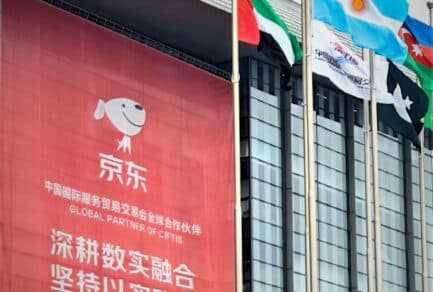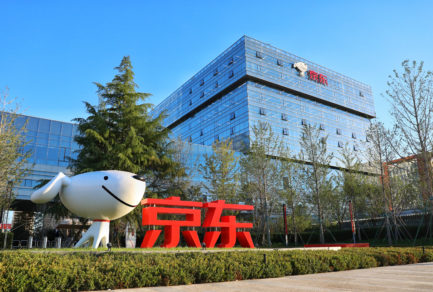Mar 19, 2021|
JD’s Paul Yan: Future will See More Integration of Online and Offline Consumers
by Ella Kidron
“We can’t distinguish from online and offline users anymore because now it is a highly integrated experience.” Dr. Paul Yan, Vice President of JD.com, Chairman of JD Retail Technology Committee, and President of Technology and Data Center, shared his insights during an online roundtable discussion, “Innovation-X”, jointly hosted by UC Berkeley’s Hass School of Business and Cheung Kong Graduate School of Business (CKGSB) on Mar. 18.

Dr. Paul Yan
Yan was joined by Baohong Sun, professor of marketing at CKGSB, Rui Ma, founder and host of Tech Buzz China, Michael ChenWang, founder at Cider and Joy Tang, CEO of Mai.
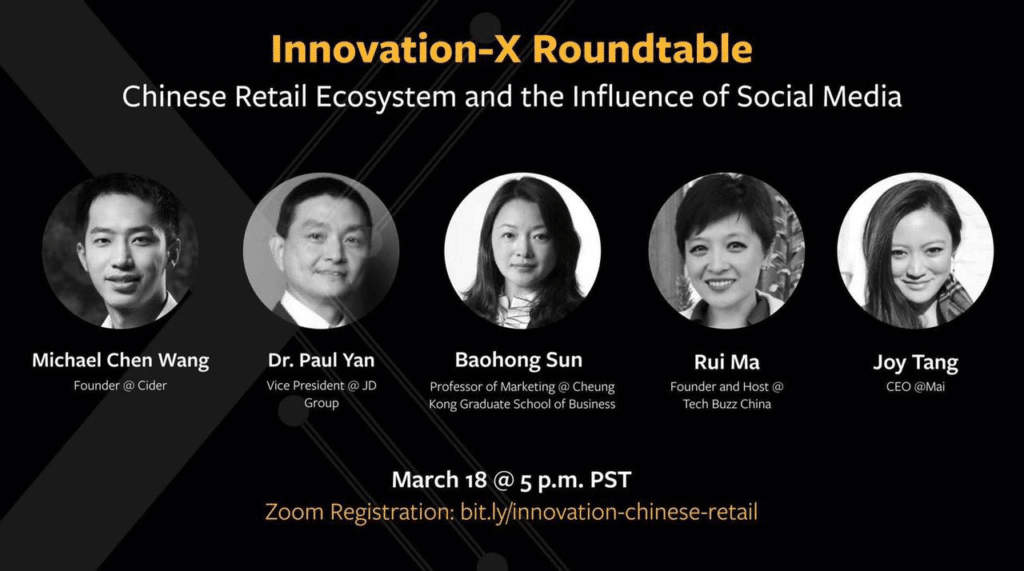
The phenomenon of blurred lines between online and offline retail will be even more pronounced in the future, according to Yan. “Online users like JD want to go offline, and offline users want to go online.”
He also emphasized the importance of logistics in ensuring a superior e-commerce experience. JD’s same- and next-day delivery promise, which can be achieved for 90% of first party orders, set the global standard for e-commerce delivery. “There is a lot of technical innovation and service required to put everything together”.
Yan added: “The innovation I’m seeing now is making things even faster.” This has enabled JD to achieve two-hour, one-hour and even as fast as 30-minute delivery. “We are narrowing the difference between online and offline. It’s a huge challenge, but we are making progress – even for bulky goods such as a big case of mineral water.
The integration of online and offline is not only limited to physical goods, but also services. Yan mentioned how Internet + Healthcare companies such as JD Health are a game changer, helping to resolve the issue of limited medical resources and improve the allocation of top notch doctors throughout the country.
According to Baohong Sun, professor of CKGSB, one of the key features of innovation in China is helping people find products, and helping long tail products find people. “Most innovation is very customer-centric.” Sun further articulated the concept of “frictionless” e-commerce, from the search process through the purchase, regardless of whether it happens online or offline. Another important aspect is “making every channel shop-able” – especially content channels such as short video platforms. “Only 20% of time is spent on selling hard content,” according to Joy Tang, while the remaining 80% is spent on soft content.

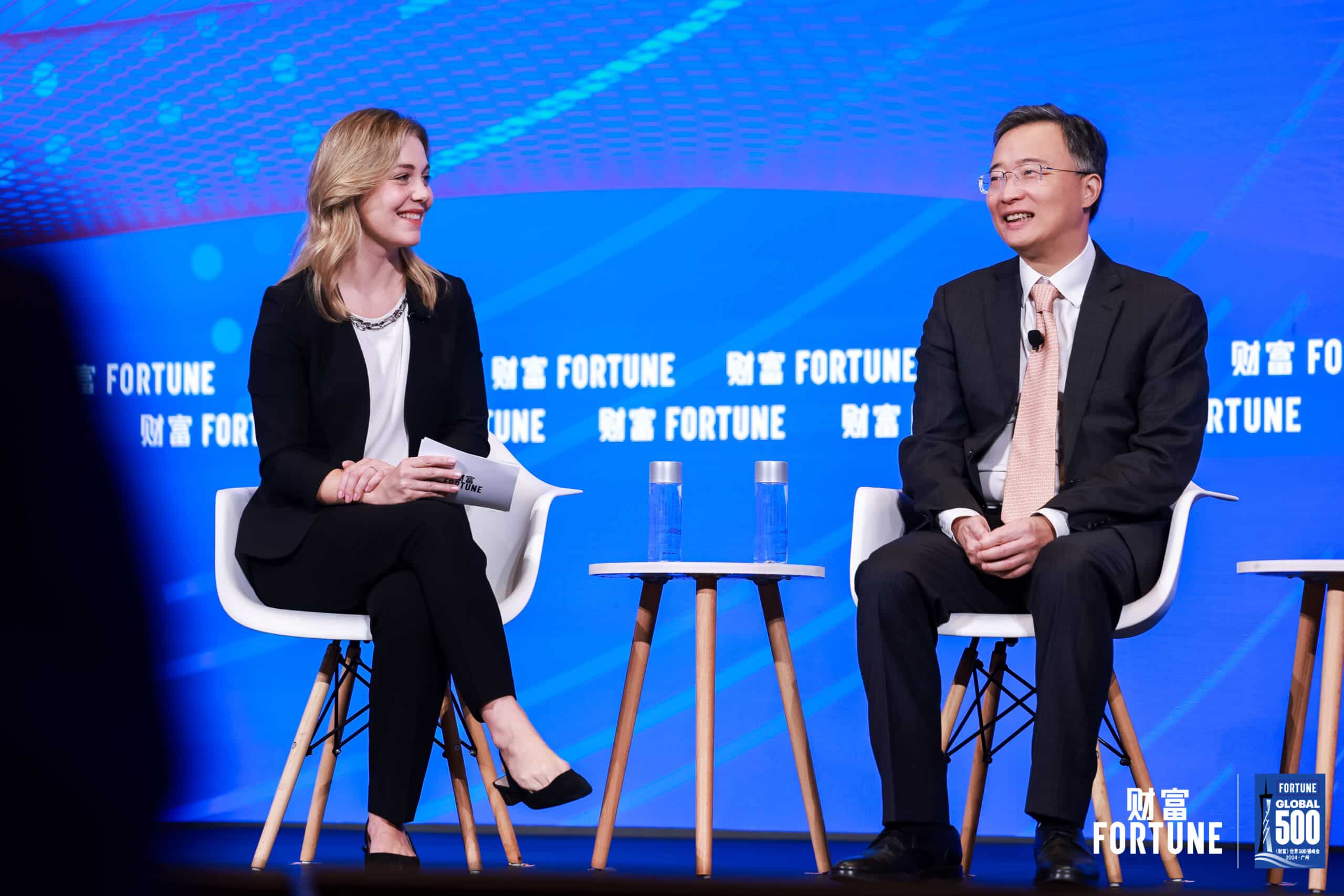

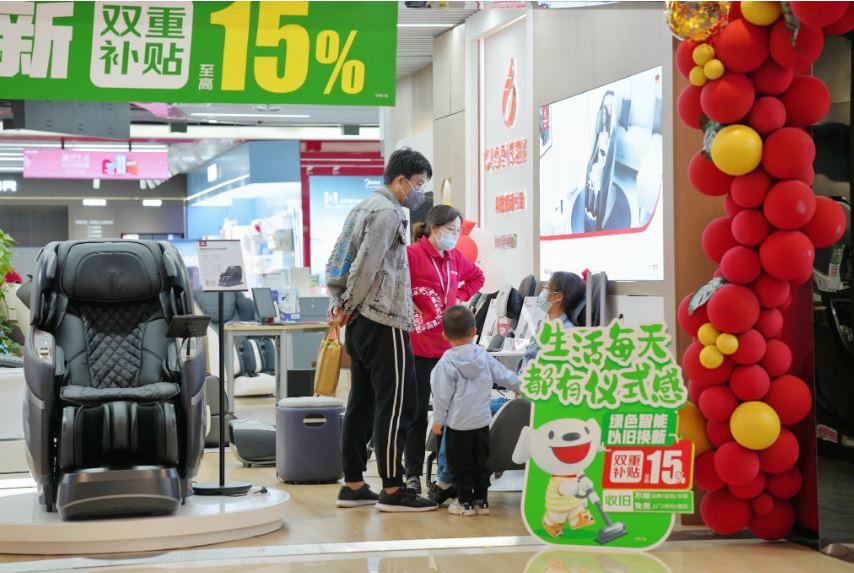
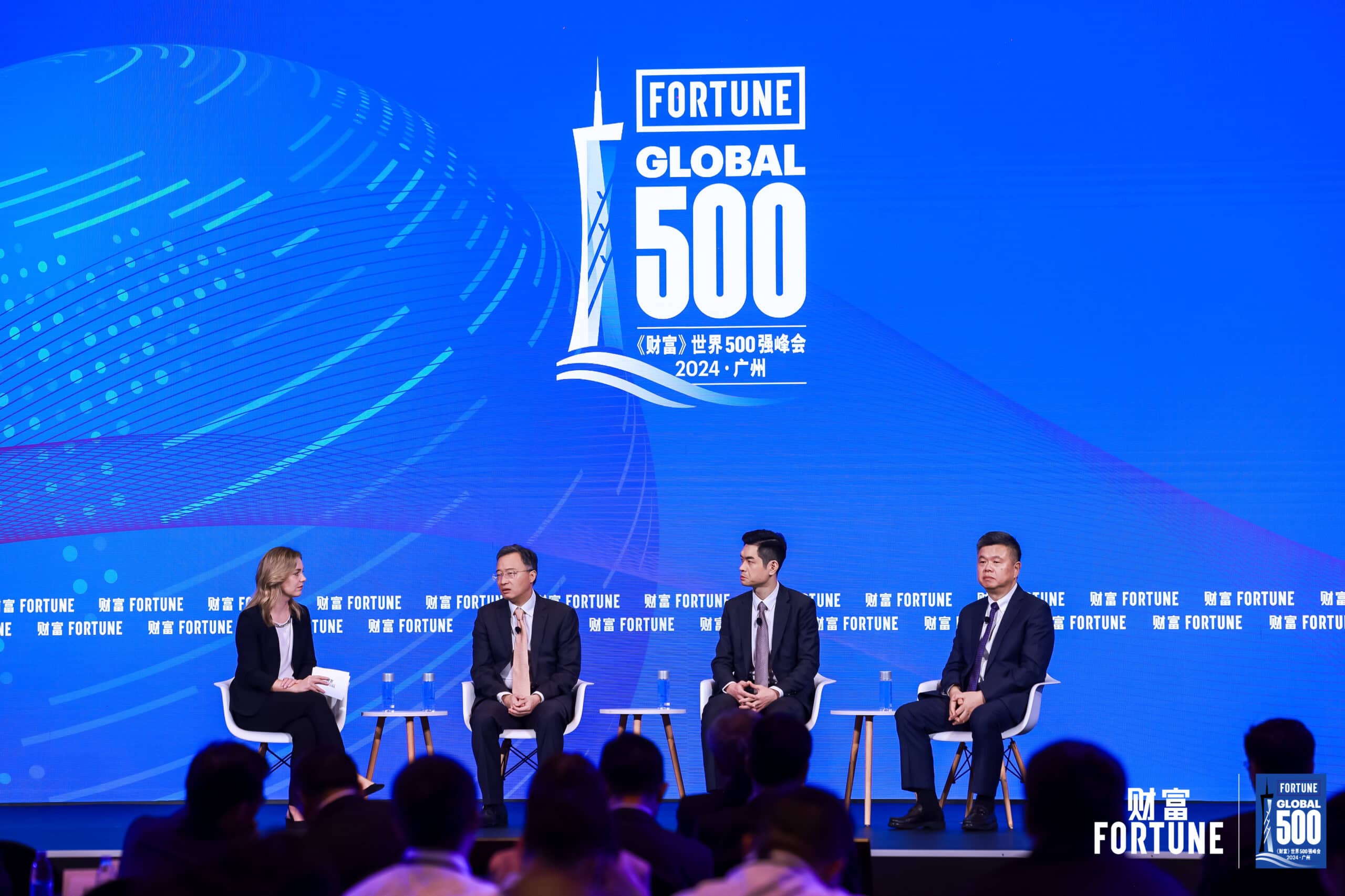
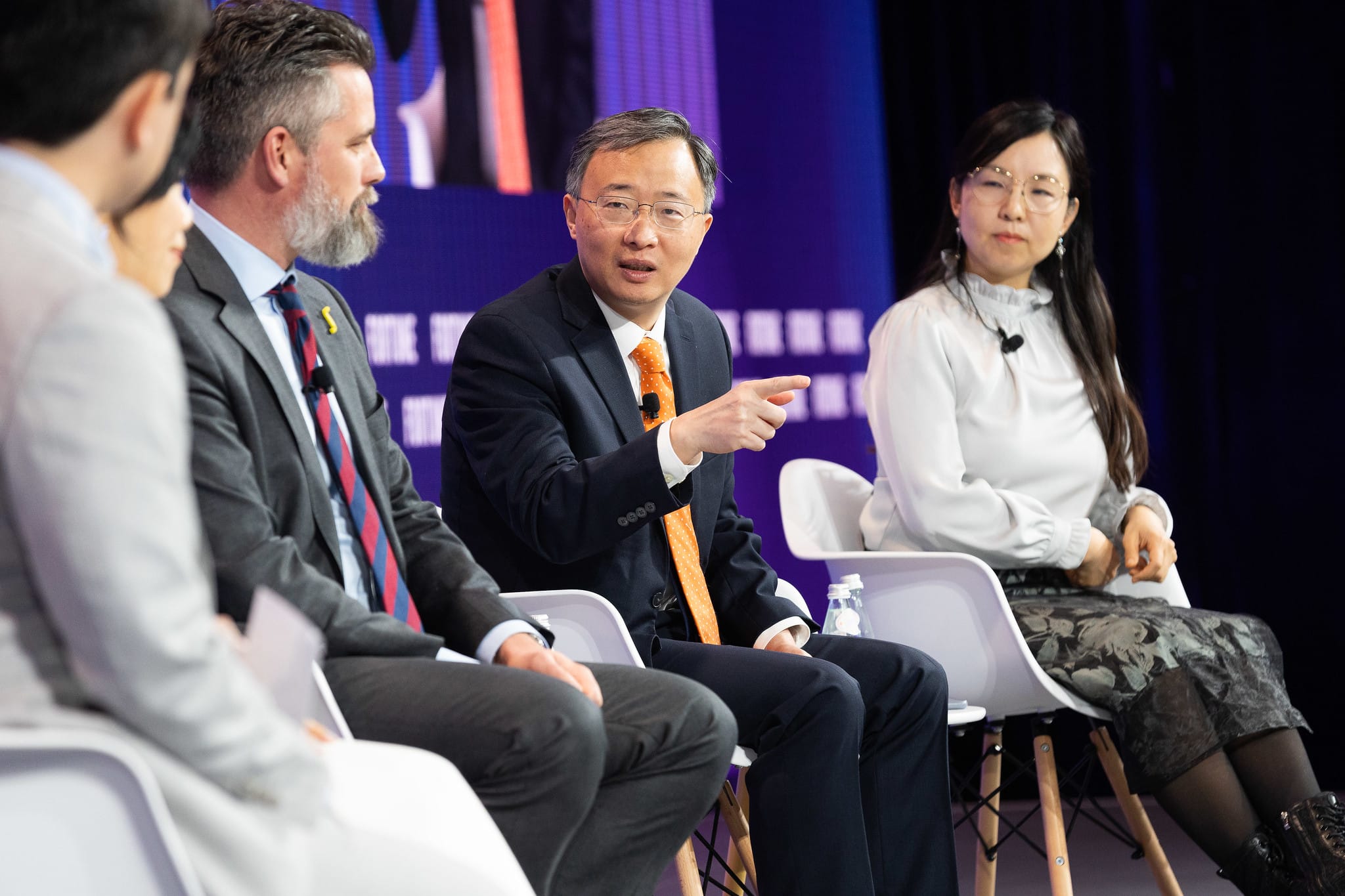
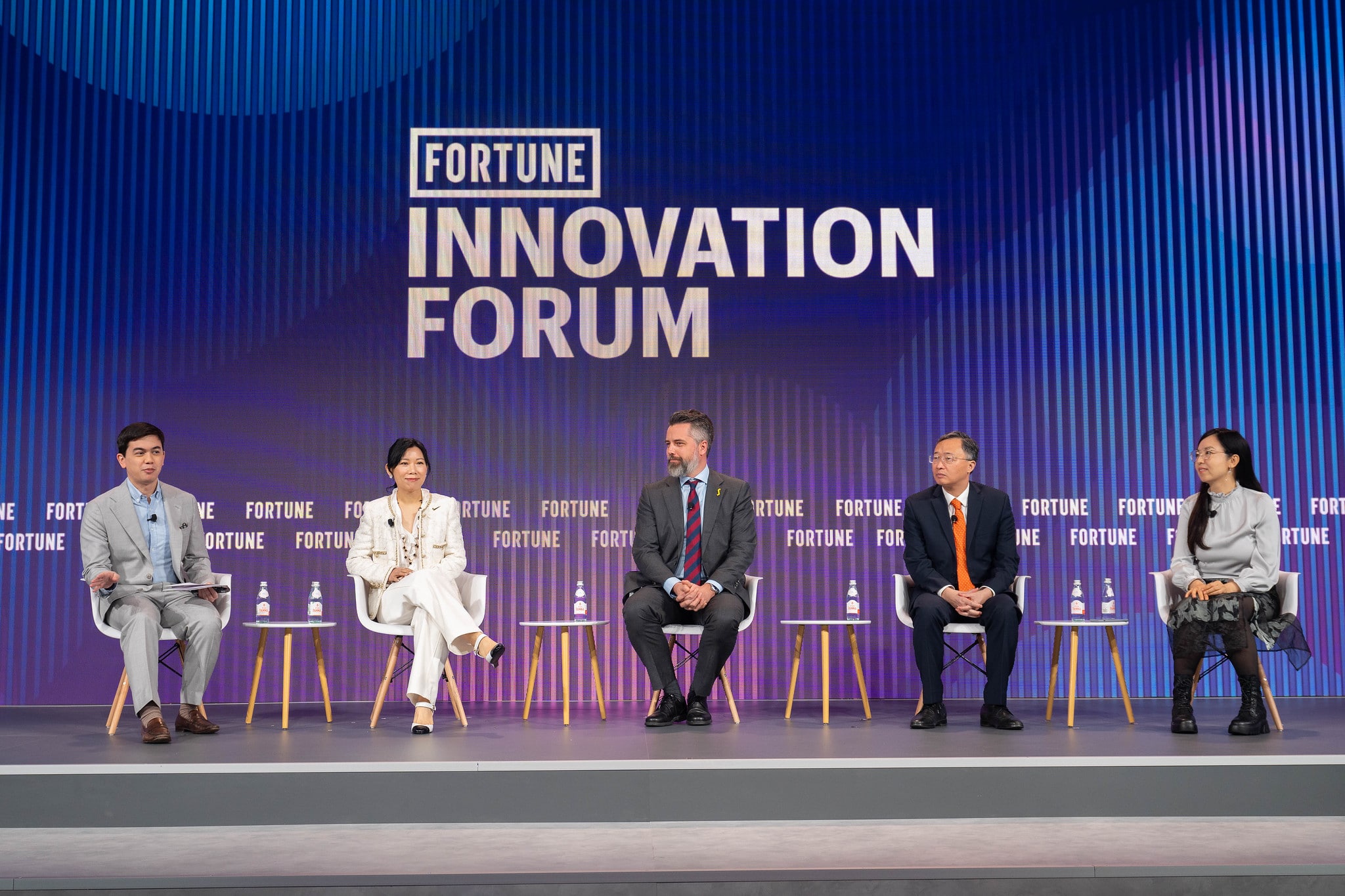
 Photo Gallery: This Week at JD (Mar. 13 – Mar. 19)
Photo Gallery: This Week at JD (Mar. 13 – Mar. 19)

